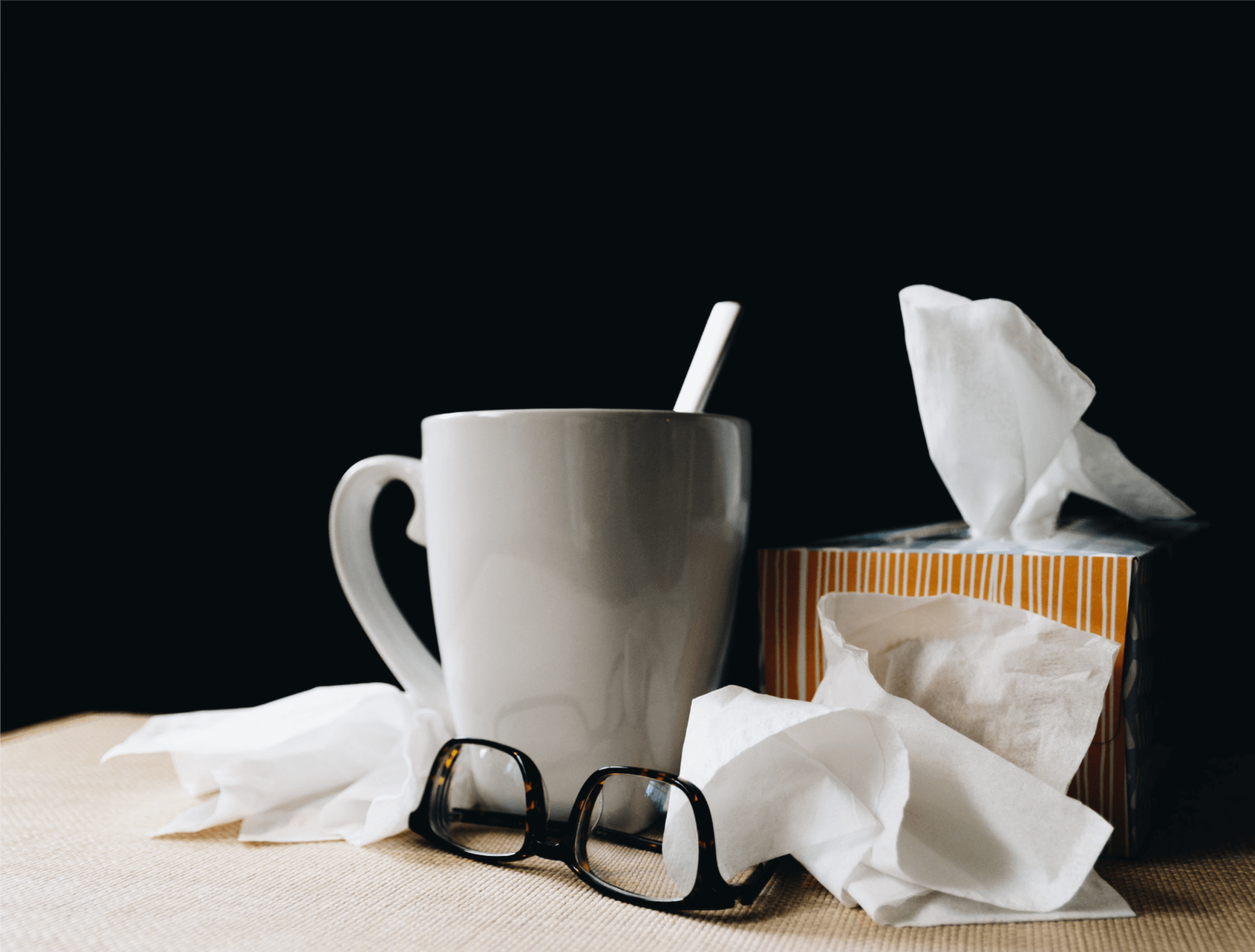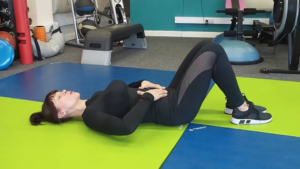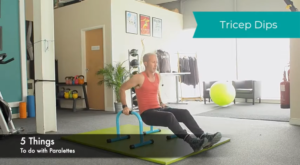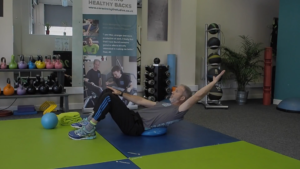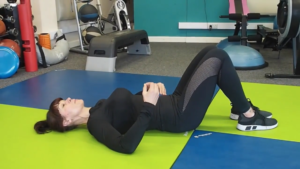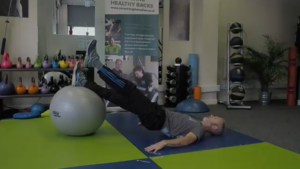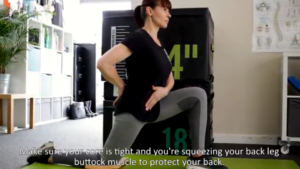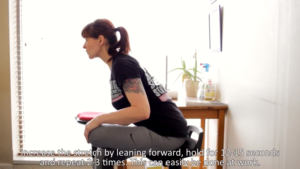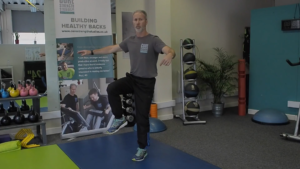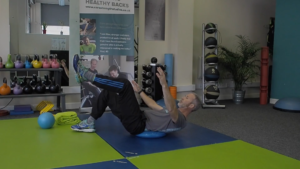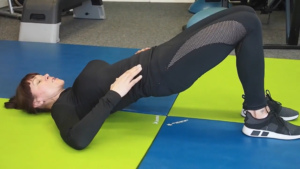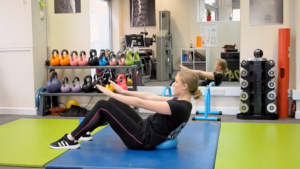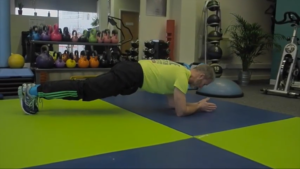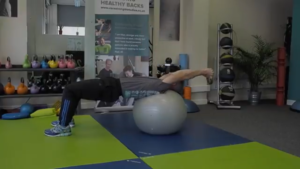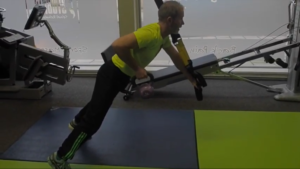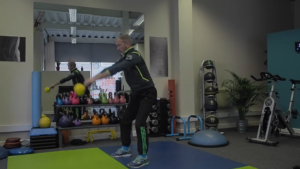We are well and truly in germ season now and the winter bugs are spreading like wildfire. So, if you’re training for an event or have those last few inches to shed to it your target…what do you do? Keep your fingers crossed and ‘sweat it out’ or give yourself a break and come back stronger on the other side?
A general rule of thumb is this; anything above the neck, you’re fine to exercise in moderation. Anything below, take a breather and leave your trainers at home until you feel better.
So, if you have a common cold, you’re fine if you don’t have a fever. Just lower the intensity, take it steady and focus on maintaining rather than improving until you’re fully recovered. Remember your immune system takes a battering if you train too hard and if it’s already compromised you’ll just take an age to get better.
If you have a fever, DON’T train. You run the risk of dehydration and heatstroke. Similarly, if you have a cough, chest infection or other respiratory illness, exercise will exacerbate the problem. It goes without saying that you need your heart and lungs on top form when training, right?
Use common sense and listen to your body. If you don’t feel up to it, don’t do it. Sometimes you’re better off taking a couple of days break, letting the illness run its course and that way, you’ll have a fighting chance of ridding yourself of the germs faster and getting stuck into training properly when it’s passed.0 Likes
featured
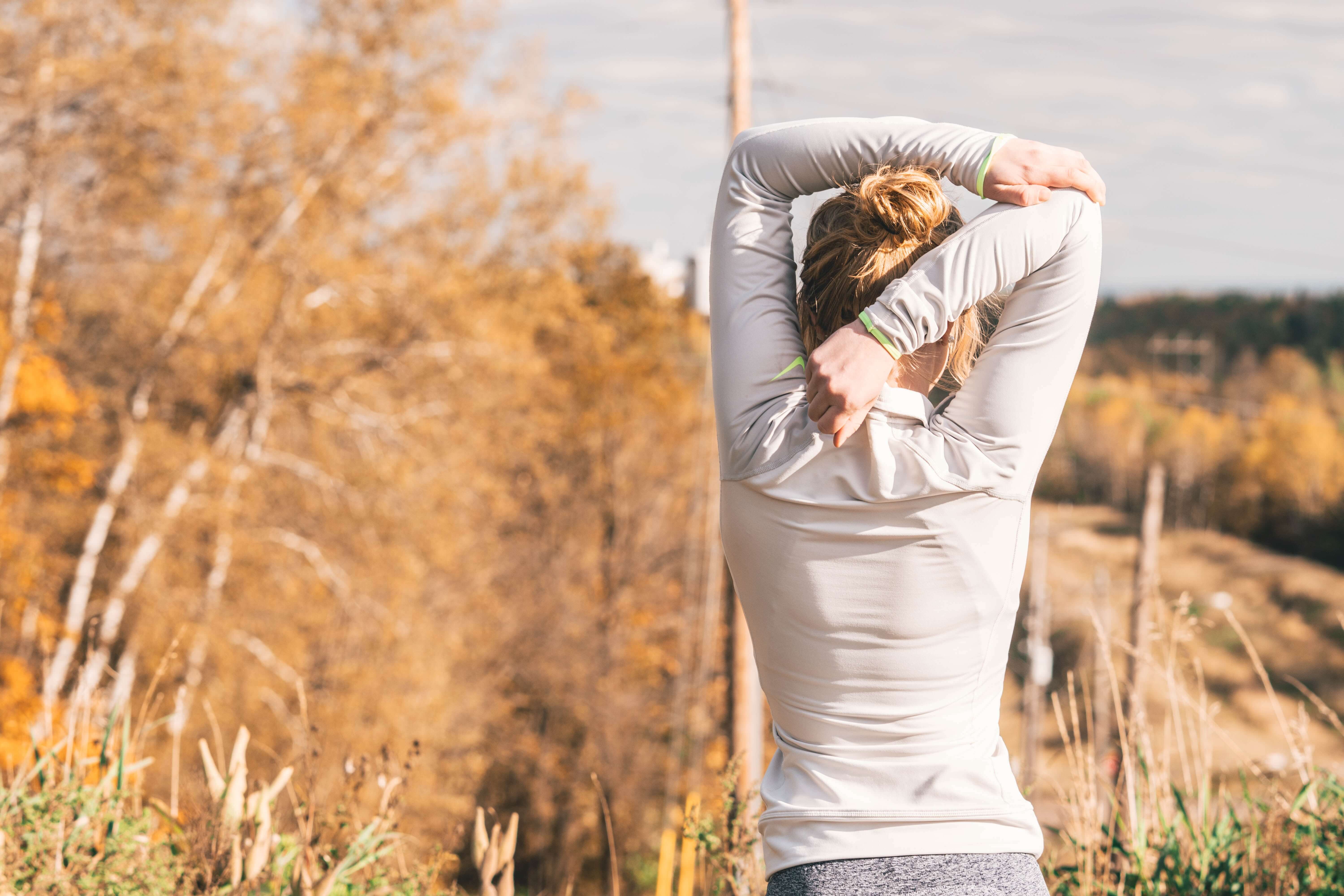
4 Times You Shouldn’t Ignore Pain When Exercising
We all know the adage ‘No pain, no gain’. But pain or discomfort when you’re exercising could, in fact, be your body’s way of telling you that something is up, and now’s not the time to be pushing through it. There is, of course, the ‘good pain’ – if there can be such a thing ...
Reading Time: 2 minutes >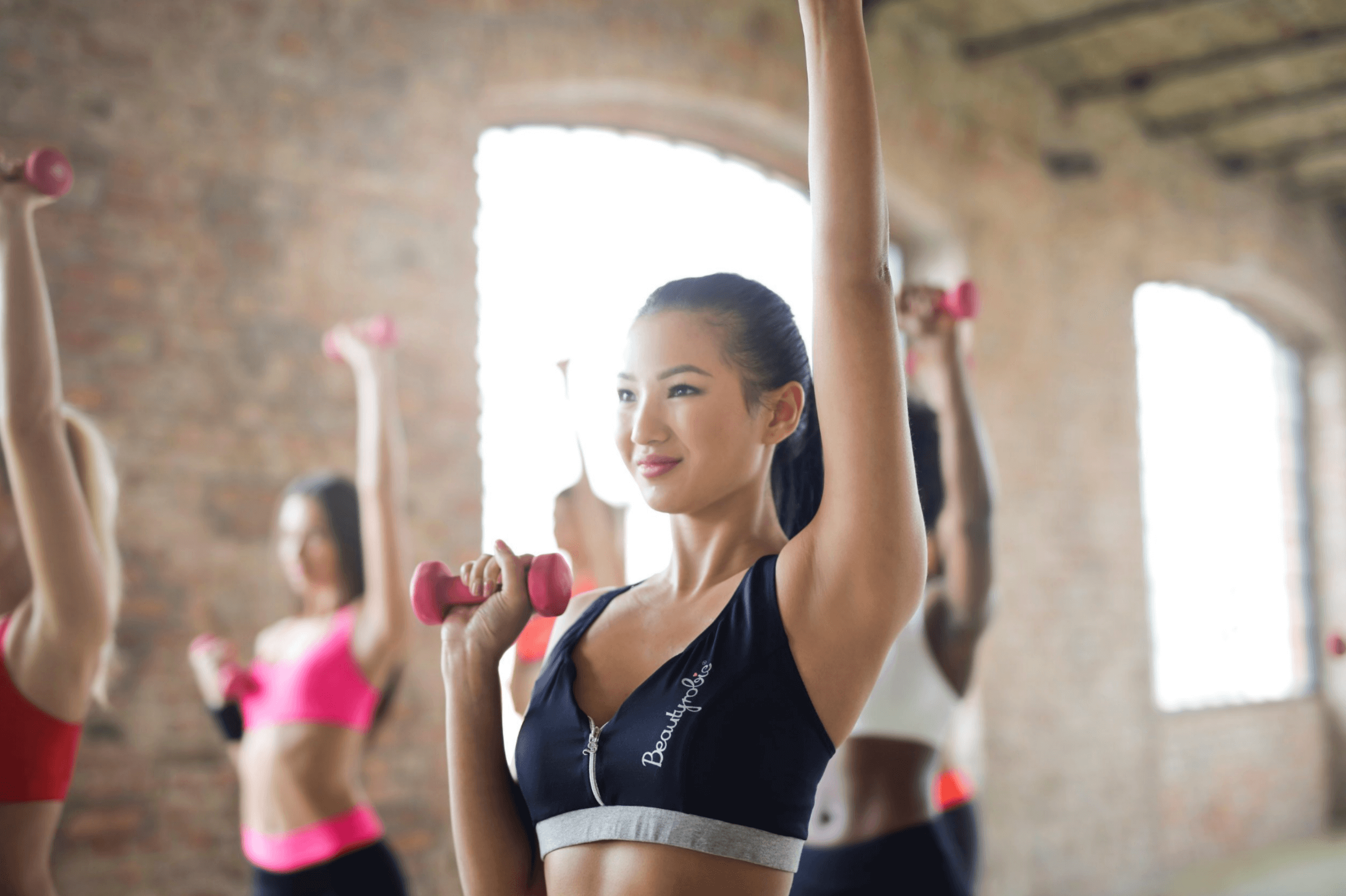
5 Ways to Exercise When You Don’t Have Time
Ask anyone why they don’t exercise as much as they’d like, and I’d bet that time is pretty much up there with the top 3 reasons. There are simple ways to fit exercise into your day so even the most time-poor amongst us can enjoy the benefits of being active. 1. Fit it into your ...
Reading Time: 2 minutes >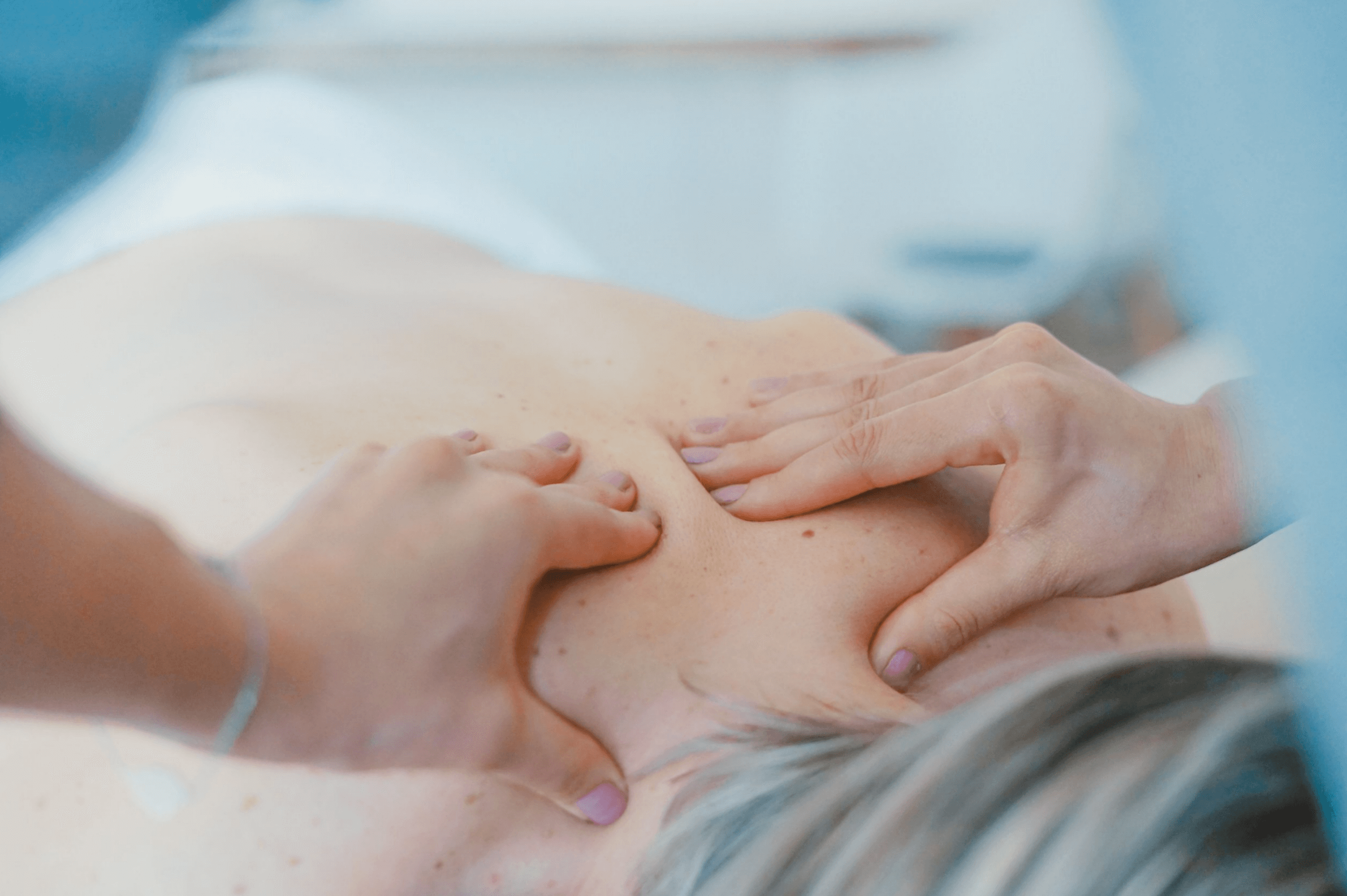
5 Ways to Reduce Muscles Soreness
We’ve all been there, haven’t we? You know, the day after a session in the gym or after playing some sports where your every movement induces wince-worthy pain. Let’s not even talk about stairs after leg day (or err, sitting on the toilet). The actual term for soreness following activity is DOMS – Delayed Onset ...
Reading Time: 2 minutes >
